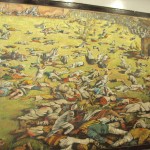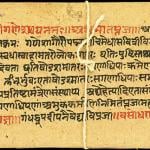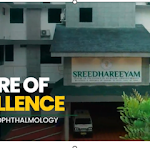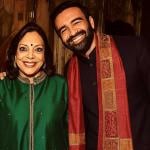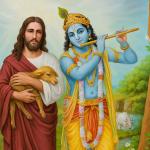Algebraic theories and other mathematical concepts circulating in ancient India, were collected and further developed by Indian mathematician Aryabhatta, who lived in the 5th century in Patna city (then called Pataliputra). He referred to Algebra (as Bijaganitam) in his treatise on mathematics named Aryabhattiya. A 12th century mathematician, Bhaskaracharya, authored several mathematical treatises; one of them, Siddantha Shiromani, has a chapter on algebra. He is known to have given the basic idea of Rolle’s Theorem and was the first to conceive of differential calculus. In 1816, James Taylor translated Bhaskaracharya’s Leelavati into English. Another translation of the same work by English astronomer Henry Thomas Colebruke appeared in 1817.



